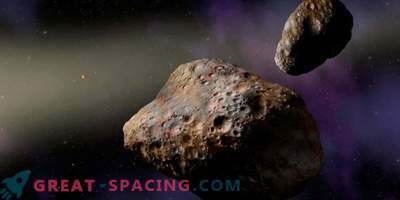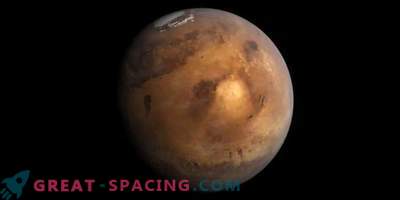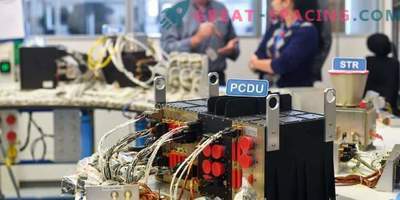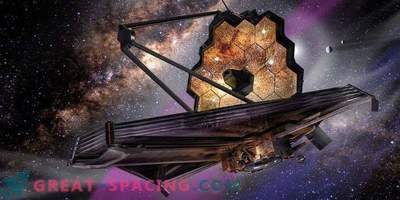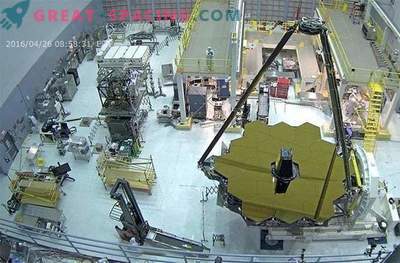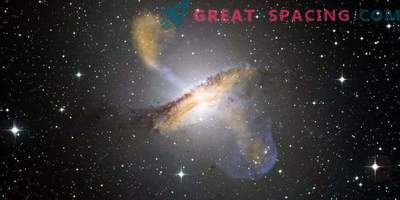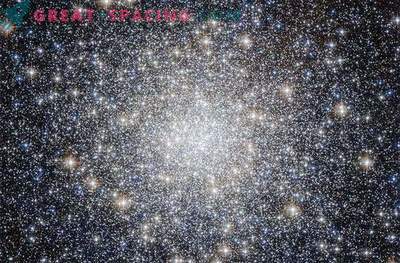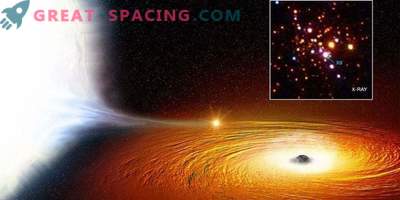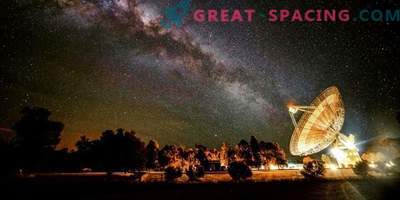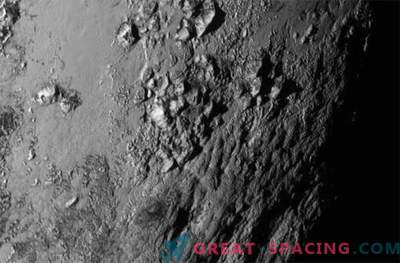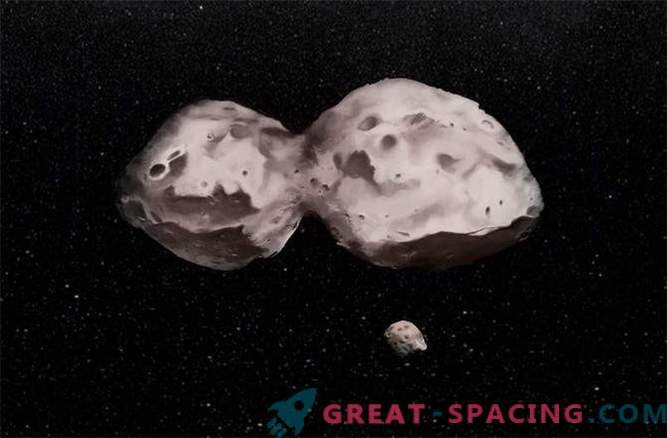
If you wanted to imagine the strangest form of the cosmic body, then you can imagine the shape of the asteroid 624 Hector, the largest known Trojan asteroid in the Solar System. Its bichromatic shape makes it look like a huge peanut. Moreover, despite its uneven surface, he even has his own moon.
With 250 km (155 miles) wide, 624 Hector was discovered in 1907 by the German astronomer Augustus Kopf, but the existence of its own moon was not known until 2006.
Trojans are a special subclass of the asteroid. Trapped in orbital resonance with Jupiter, they rotate around the Sun with the same period occupying two areas: 60 degrees ahead and 60 degrees behind the gas giant. 624 Hector is the only known Trojan who has his own moon.
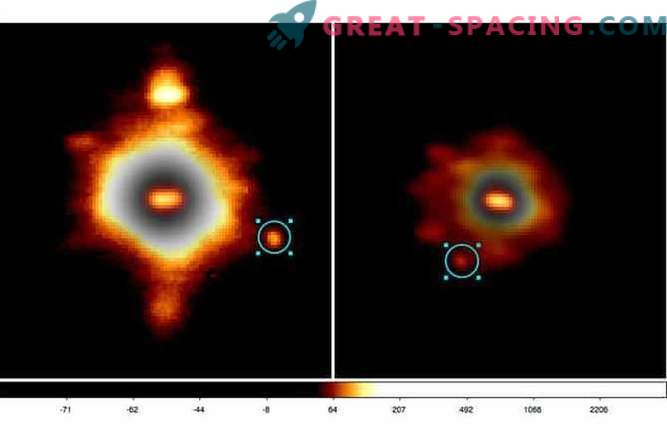
“The asteroid's moon orbit is so strange that we had to develop a completely new algorithm to understand its stability,” say astronomers. With the assistance of the Institute de Mécanique Céleste et de Calcul des Éphémérides (IMCCE) of the Paris Observatory, the moon was observed every 3 days at a distance of 600 kilometers (372 miles) from the equator of the asteroid.
"The moon's orbit has an ellipse shape and is tilted relative to the axis of rotation of Hector," said a scientist at the SETI Institute and co-author Matija Cuk. "However, we did a computer simulation that includes the rotation of the asteroid Hector around its axis and the Sun, and we found that the moon's orbit remains stable for billions of years."
With the help of these observations, the researchers were able to understand how such a bizarre form of the asteroid was formed. The use of the Keck II ground-based telescope and photometric observations of an asteroid since 1957 showed that this system was created by the slow collision of two asteroids. And the moon was formed from the remnants of this process.







